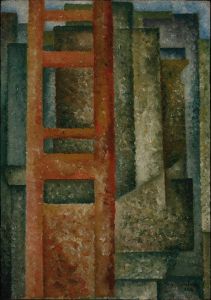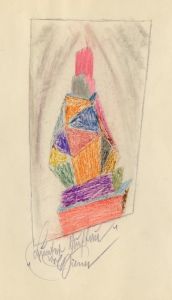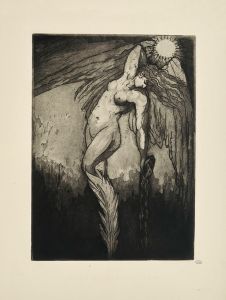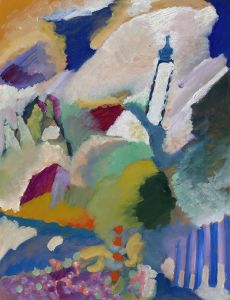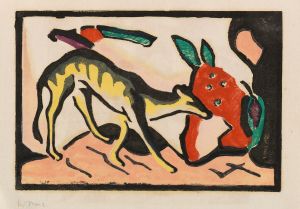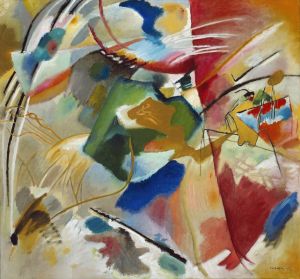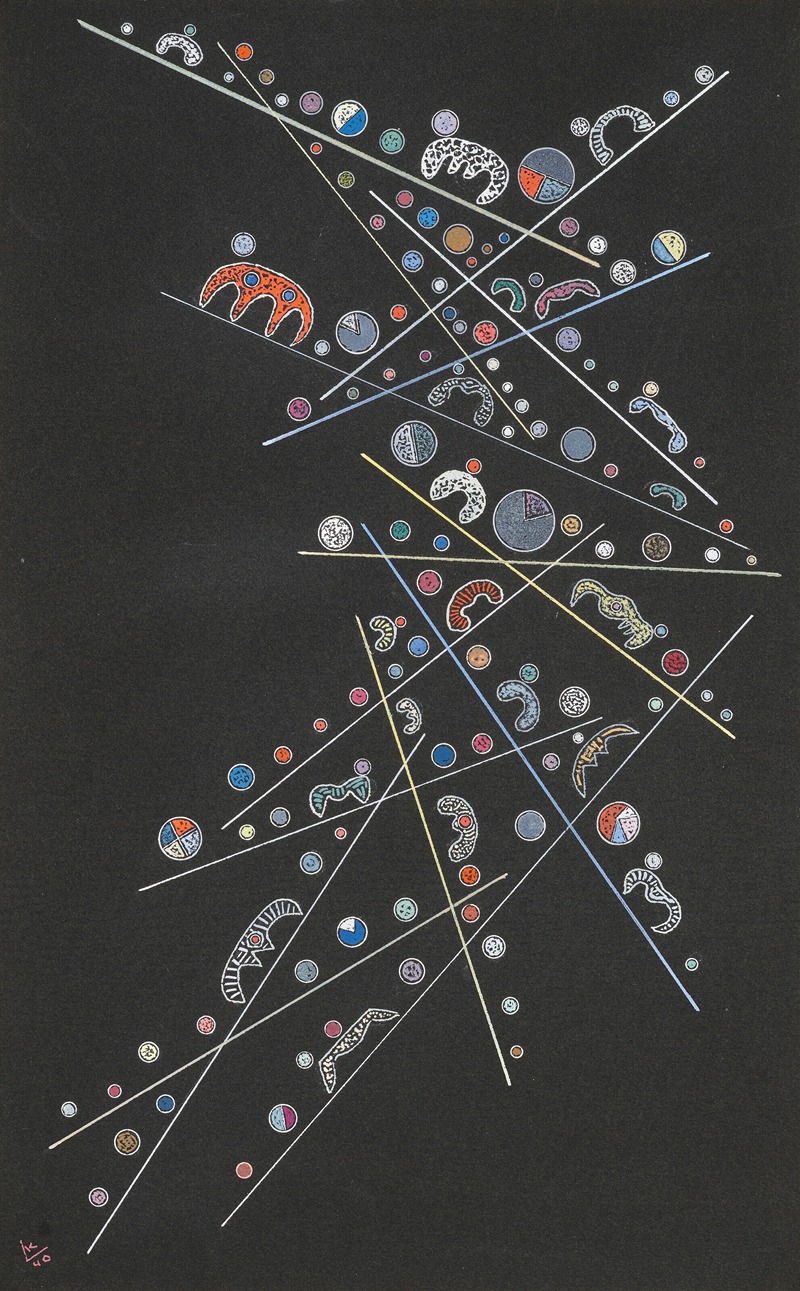
Ohne Titel
A hand-painted replica of Wassily Kandinsky’s masterpiece Ohne Titel, meticulously crafted by professional artists to capture the true essence of the original. Each piece is created with museum-quality canvas and rare mineral pigments, carefully painted by experienced artists with delicate brushstrokes and rich, layered colors to perfectly recreate the texture of the original artwork. Unlike machine-printed reproductions, this hand-painted version brings the painting to life, infused with the artist’s emotions and skill in every stroke. Whether for personal collection or home decoration, it instantly elevates the artistic atmosphere of any space.
Wassily Kandinsky, a pioneering figure in abstract art, created numerous works that have significantly influenced the course of modern art. One of his notable works is "Ohne Titel," which translates to "Untitled" in English. This piece exemplifies Kandinsky's innovative approach to art, where he sought to convey emotions and concepts through abstract forms and colors rather than representational imagery.
Kandinsky was born in Moscow in 1866 and initially pursued a career in law and economics. However, his passion for art led him to move to Munich in 1896 to study painting. His early works were influenced by Impressionism and Post-Impressionism, but he gradually moved towards abstraction. Kandinsky believed that art should transcend physical reality and express the inner emotions of the artist. This philosophy is evident in "Ohne Titel," where he employs a dynamic composition of shapes and colors to evoke a sense of movement and emotion.
The exact date of creation for "Ohne Titel" is not specified, but it is consistent with Kandinsky's style during his mature period, which spans from the early 1910s to the 1930s. During this time, Kandinsky was associated with the Blue Rider (Der Blaue Reiter) group, which he co-founded with Franz Marc. This group was instrumental in the development of abstract art, emphasizing the spiritual and symbolic aspects of art.
In "Ohne Titel," Kandinsky uses a variety of geometric shapes, lines, and vibrant colors. His choice of colors is not arbitrary; Kandinsky had a deep interest in the psychological effects of color and believed that colors could evoke specific emotions and spiritual responses. He often associated colors with musical notes, creating a synesthetic experience for the viewer. This approach is part of what makes his abstract works so compelling and innovative.
Kandinsky's work, including "Ohne Titel," is characterized by a sense of rhythm and harmony, akin to a musical composition. He often spoke of his paintings in musical terms, referring to them as "compositions" or "improvisations." This reflects his belief in the interconnectedness of art forms and his desire to create a universal language of art that transcends cultural and linguistic barriers.
Throughout his career, Kandinsky's work evolved, but he consistently maintained his commitment to abstraction and his exploration of the spiritual in art. His influence is seen in various art movements, including Abstract Expressionism and the Bauhaus, where he taught from 1922 to 1933.
Today, Kandinsky's "Ohne Titel" is appreciated for its innovative use of form and color, as well as its contribution to the development of abstract art. It stands as a testament to Kandinsky's vision of art as a means of expressing the intangible and the emotional, paving the way for future generations of artists to explore abstraction in their own work.







